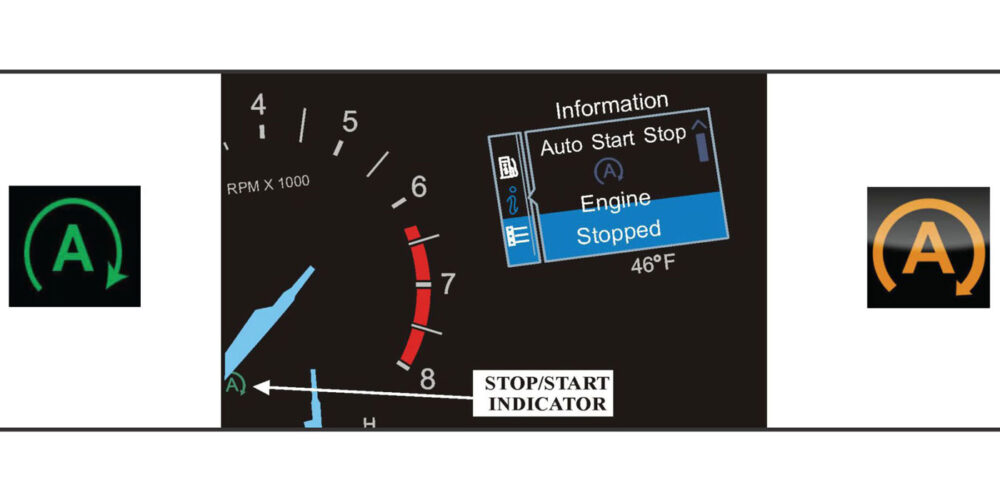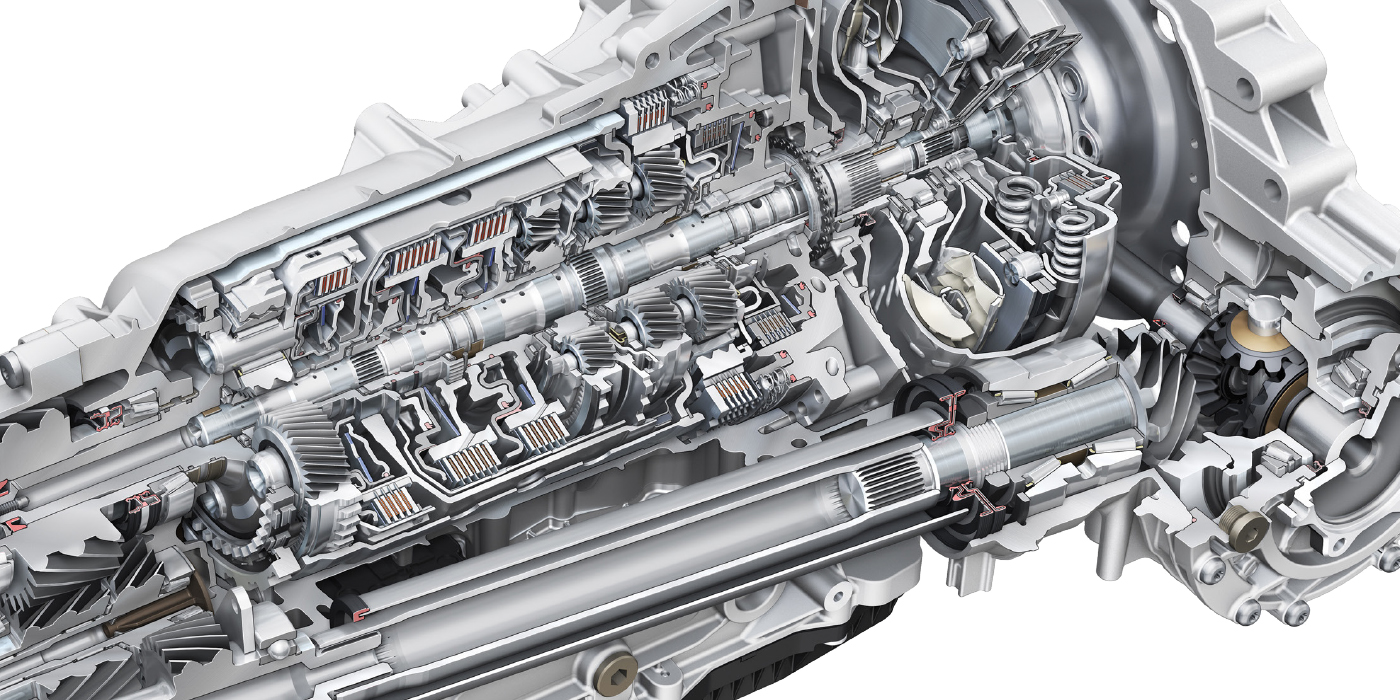Courtesy of Transmission Digest, by Wayne Colonna
2018 and later Ford Escape vehicles equipped with a 1.5 L Eco-Boost, 2.0-liter turbocharged engine or the 2L VCTi engines, and the 6F35 transmission, have an engine stop/start system. The stop/start feature can be disabled by the driver and will remain disabled after each key cycle until reactivated by the driver. Some Ford Fusion and Edge models will also have the engine stop/start feature. The reason for this was to improve fuel economy and lower tailpipe emissions.
Parts affected
- The 6F35 transmission case has accommodations to accept the auxiliary fluid pump and the hydraulic circuitry. Figure 2 shows a transitional case, while figures 3, 4 and 5 show the pump on and off the case.
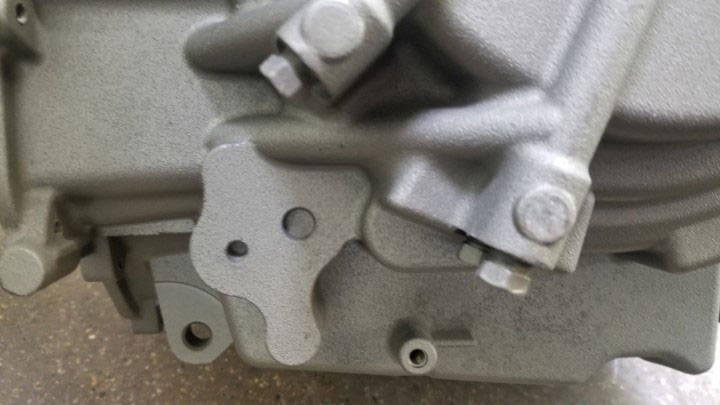
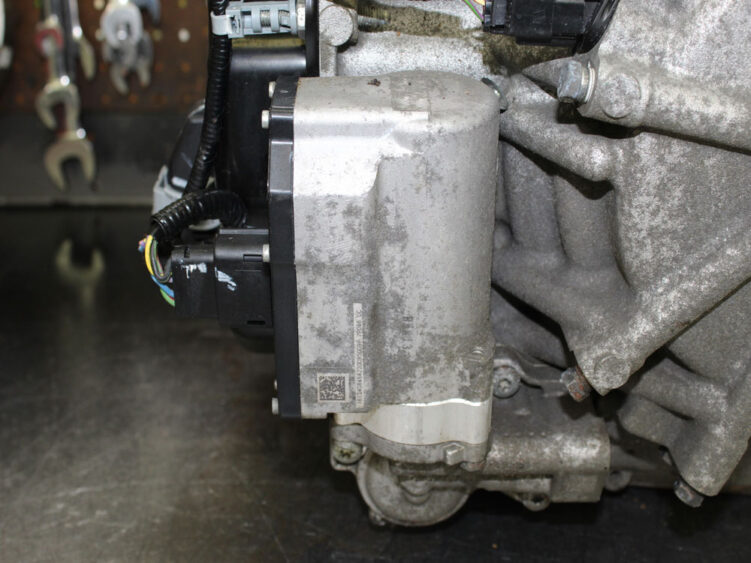
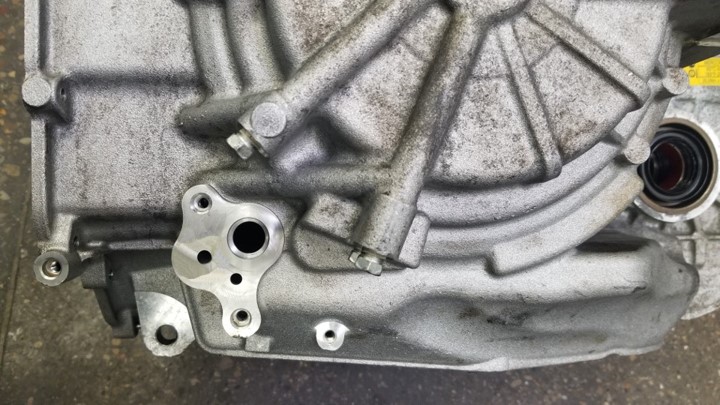
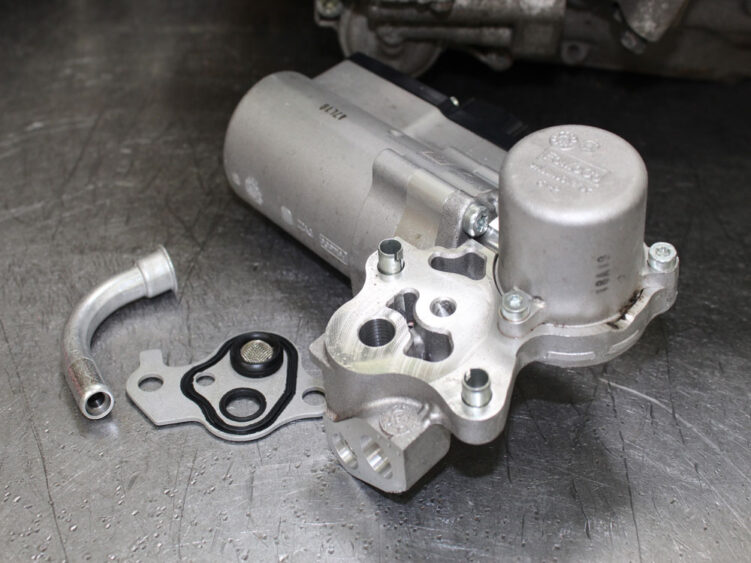
- The PCM has received additional software to operate the stop/start system and to have additional trouble code storage information.
- There are additional wiring connectors and switches to control the stop/start system.
- The addition of the auxiliary fluid pump mounted on the transmission supplies line pressure to the transmission when the engine is off.
- The main transmission fluid pump received changes to the pressure side of the pump to have better flow rates when the engine is re-started (figures 6 and 7).
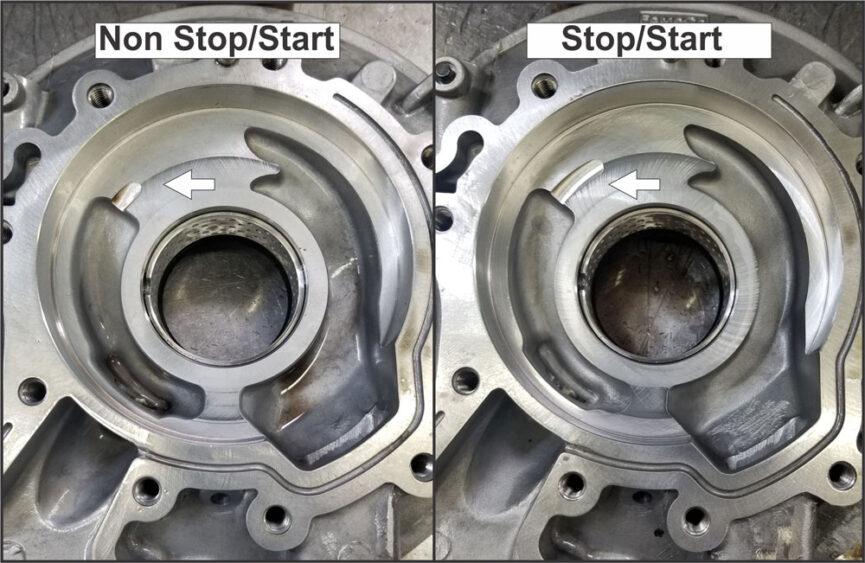
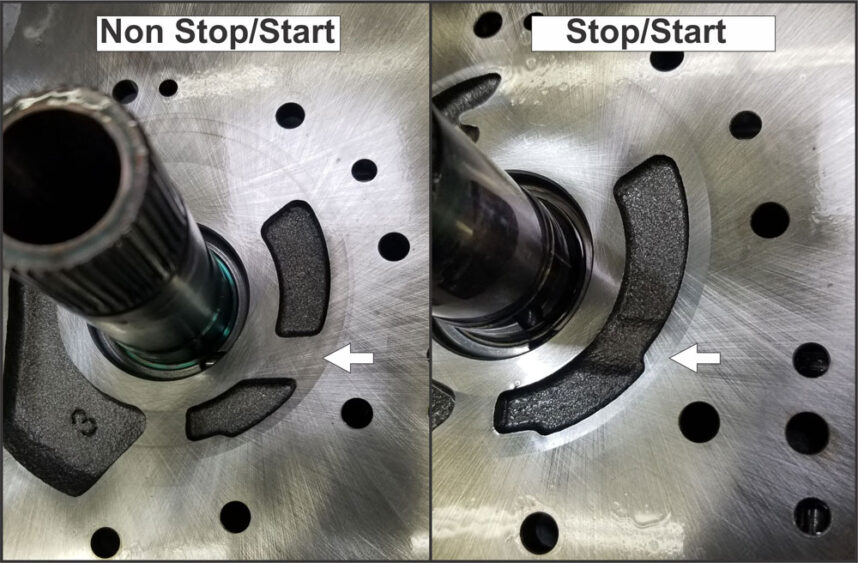
Figure 8 provides a wiring diagram for the added auxiliary fluid pump.
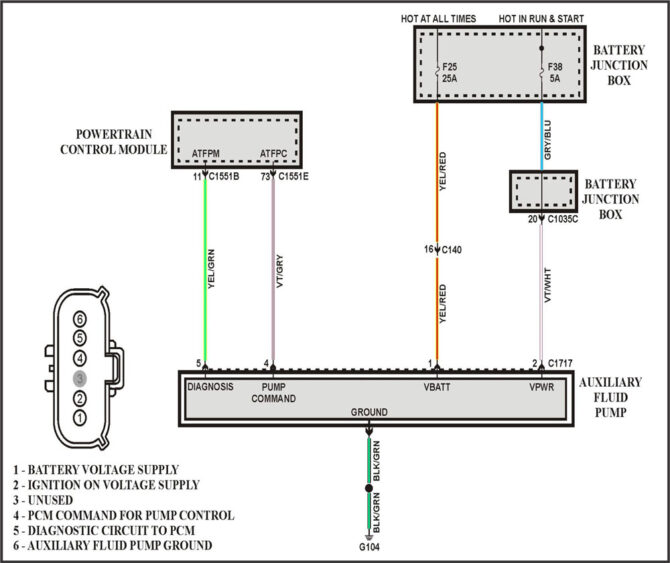
Service information
Vehicles that have the stop/start feature will have a variety of indicators located in the instrument cluster, lower center of tachometer on the Escape model. Messages will also be displayed in the drive message center as seen in figure 1 (at the top of the page). This information can also be found in the owner’s manual.
- Under normal operating conditions, the green indicator illuminates when the stop/start system is enabled.
- The gray indicator illuminates when one or more of the vehicle operating systems are required to activate the stop/start system that are not within range of the system requirements.
- A flashing amber indicator illuminates when a vehicle system malfunction is present and the driver needs to re-start the engine.
- Perform vehicle diagnostics when the amber indicator is illuminated.
The engine automatically restarts when:
- The brake pedal is released.
- The stop/start system is disabled using the stop/start control switch.
- The battery has a low state of charge.
- The HVAC control settings have been changed.
- An electrical accessory has been turned on or plugged in.
- Brake vacuum is low.
Read more articles in the Transmission Tech/Talk series here.

